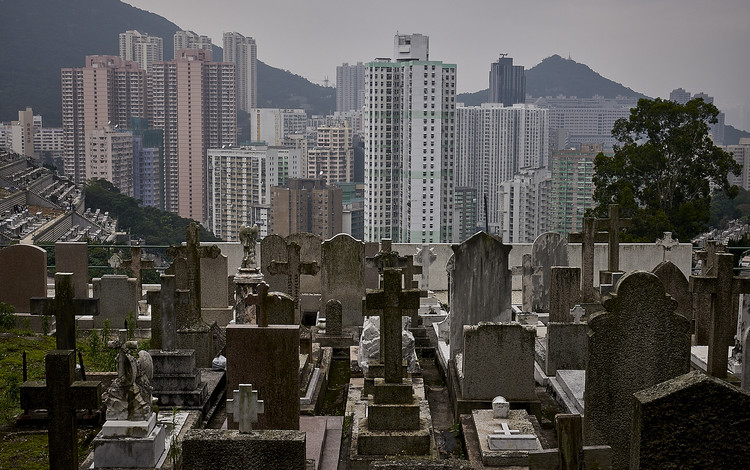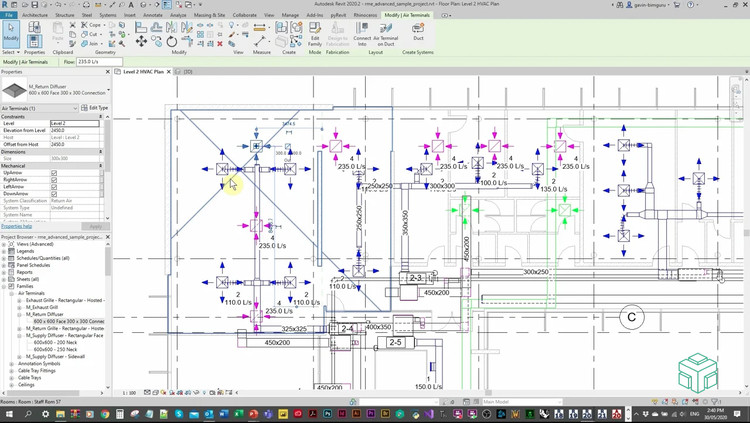
Ever since Hashim Sarkis introduced How Will We Live Together? as the theme of Venice Biennale 2020 (now 2021), the central question has become more relevant than ever.


Ever since Hashim Sarkis introduced How Will We Live Together? as the theme of Venice Biennale 2020 (now 2021), the central question has become more relevant than ever.

Robotic automation has been widely adopted by the manufacturing industry for decades. Most automotive vehicles, consumer electrical appliances, and even domestic robots were made and assembled by “armies” of robots with minimal human supervision. Robotic automation brings higher production efficiency, a safer working environment, lower costs and superior quality. After years of development and deployment, the process now requires minimal human involvement.

Architecture is often associated with the idea of sheltering, ever since primitive constructions. However, memorials are among the few types of architecture that are not primarily intended to shelter, but to remember. A space that respectfully aims to keep alive the memory of those who have fallen in heroic acts or have been unfortunate victims of cruel historical events, which can, therefore, be perceived as a monument or a building with the purpose of materializing intangible emotions, creating collective memories that can be remembered through time.

In some of the most dense cities around the world, it’s becoming an increasing challenge to find a comfortable space to live- and similar for when you die, too. It’s estimated that 55 million people pass away each year, and for every one living person today, there are 15 times the number of deceased. Yet urban planners and architectural developers are more interested in dealing with the living than dabbling in the business of death. As a result, it’s created tension in the two parallel worlds- and as time goes on, more questions are being raised about how we address public space that can be designed so that both the living and the dead can coexist.

Architect, urban planner, and professor, Dr. Abdelhalim Ibrahim Abdelhalim was selected as the 2020 laureate of Tamayouz’s Lifetime Achievement Award. The highest accolade of the Tamayouz Excellence Award is awarded annually to an individual “who have made significant contributions towards humanity and the advancement of architecture and the built environment in the Near East and North Africa”.

Trinity Park Conservancy has selected Weiss/Manfredi as the design architect to reimagine the Dawson State Jail in Dallas, Texas. Dubbed the city's "ugliest building", the project will be transformed with Malone Maxwell Dennehy Architects. The team has been asked to work with the Conservancy to integrate the building and its surrounding neighborhoods into Harold Simmons Park along the Trinity River.

There's no shortage of architectural software these days and it can be challenging and overwhelming to know what tools will be the best fit for your work. Often the programs you learned in school or whatever your firm uses are what you stick with. However, it's often beneficial to step out of that comfort zone and investigate your options to see what else is out there. New software can present opportunities to simplify existing workflows or even bring new digital capabilities to you and your firm.

Created by Japanese architectural historian Norihito Nakatani, the film "A City of Columns" explores the distinctive dwelling culture of nagaya, a housing typology that flourished in the Japanese early modern period. The video depicts one of the few remaining nagaya neighbourhoods in Osaka, revealing the standardization embedded in all aspects of this form of housing and documenting how architectural elements transition between different spatial configurations.
_Blerta_Kambo.jpg?1597868162)
This article was originally published on Common Edge.
As planners who regularly engage everyday citizens in the planning process, we like to start by having people build their favorite childhood memories with found objects. Most often, these memories are joy-infused tales of the out-of-doors, nature, friends, family, exploration, freedom. Rarely do these memories have much to do with technology, shopping, driving, watching television, and so many of the other things that seem to clutter up our daily lives. But then again, these are folks who have known a world that has been—at least for part of their lives—screen- and smartphone-free.

BIG, Hijjas, and Ramboll were selected as winners of Penang State Government’s international competition to design a master plan for Penang South Islands in Malaysia. The proposal entitled BiodiverCity, fits into the island's 2030 vision, and generates 4.6km of public beaches, 600 acres of parks and a 25km waterfront. An Urban Mosaic of three diverse islands, the project establishes new urban design guidelines, mixing programs, addressing pedestrian and mobility networks, building sustainably, and harvesting resources.

Zaha Hadid Architects has revealed images of the new Xi’an International Football Centre, to be ready by 2023, in time for the Asian Football Confederation (AFC) Asian Cup. The facility will include a stadium with a 60,000-seat capacity, along with civic, sports, and recreational spaces for the city.

For years now, designers have been emphasizing natural lighting, ventilation, and connectivity to nature as ways to improve employee health and wellness. Now that the coronavirus is much more likely to be transmitted indoors—the risk is nearly 20 times greater, according to one study—a strong case could be made for moving some office work completely outside. “The benefits of light and fresh air are pretty self-evident, and the pandemic only reinforces that,” says Christopher McCartin, managing director of design and construction at real estate developer Tishman Speyer, which has been including “significant outdoor space” in all of its office developments nationwide.

BIG - Bjarke Ingels Group has joined a series of investors and partnered up with ICON, in order to push forward the use of 3D printing robotics to deliver dignified, resilient homes around the world. Aiming to contribute actively in the ongoing transformation, Bjarke Ingels, Founder and Creative Director of BIG stated that “additive manufacturing will play a transformative role in the future of construction”.

The Un-Habitat or the United Nations agency for human settlements and sustainable urban development, whose primary focus is to deal with the challenges of rapid urbanization, has been developing innovative approaches in the urban design field, centered on the active participation of the community. ArchDaily has teamed up with UN-Habitat to bring you weekly news, article, and interviews that highlight this work, with content straight from the source, developed by our editors.
Discover in this feature the first lesson to learn from UN-Habitat, on how to design with and for the people. In order to create great public spaces, the only secret is listening to the community. Questioning “how can we design together”, this article presents cases in Ghana, Brazil, and India, focusing on street, market, and open public spaces implementation projects, where interventions took on participatory approaches and involved local residents from the beginning of the process.

C.F. Møller Architects was selected to design the new HQ of Berlin Hyp, one of Germany’s leading real estate financiers. With a strong focus on sustainability, the winning proposal of the invited international competition, supports the bank’s vision, “contributing to the transition and urban development of the surrounding area”.

Architecture firm Gómez Platero has designed a new memorial to honor those affected by COVID-19. Sited in Uruguay, the monument is made to be an expression of hope in an uncertain time. As the first large-scale monument to the worldwide victims of the COVID-19 pandemic, the project is called the "World Memorial to the Pandemic." It aims to be a space for mourning and reflection that's environmentally conscious and emotionally impactful.

This article is part of "Eastern Bloc Architecture: 50 Buildings that Defined an Era", a collaborative series by The Calvert Journal and ArchDaily highlighting iconic architecture that had shaped the Eastern world. Every week both publications will be releasing a listing rounding up five Eastern Bloc projects of certain typology. Read on for your weekly dose: Trailblazing Churches and Controversial City Buildings.

The following text was drafted in response to the first prompt in AN’s “Post-Pandemic Potentials” series. Two previous responses, by Mario Carpo and Phil Bernstein, reflected on the mostly seamless transition of architectural education from physical to virtual settings. Read more about the series here.
Michel Foucault’s famous account of the plague described the partitioning of the medieval city, the confinement of its citizens, and the accounting for and distribution of resources. Those foundational actions, according to his thesis, led to the disciplining of people and institutional bodies in space and time. Similarly, the field of medicine, consolidated by the Flexner Report of 1910 (and followed soon after by the founding of the Association of Collegiate Schools of Architecture, or ACSA, in 1912), was further formalized in the aftermath of the 1918 influenza outbreak that exposed the need for greater surveillance and diagnostics required in epidemiology.

Patios and gardens play a crucial role in a project's planning and layout. In some instances, they serve as organizing elements while in others, they improve the quality of life in a space by providing light, ventilation, and a connection to the outdoors while maintaining the privacy of the inhabitants.